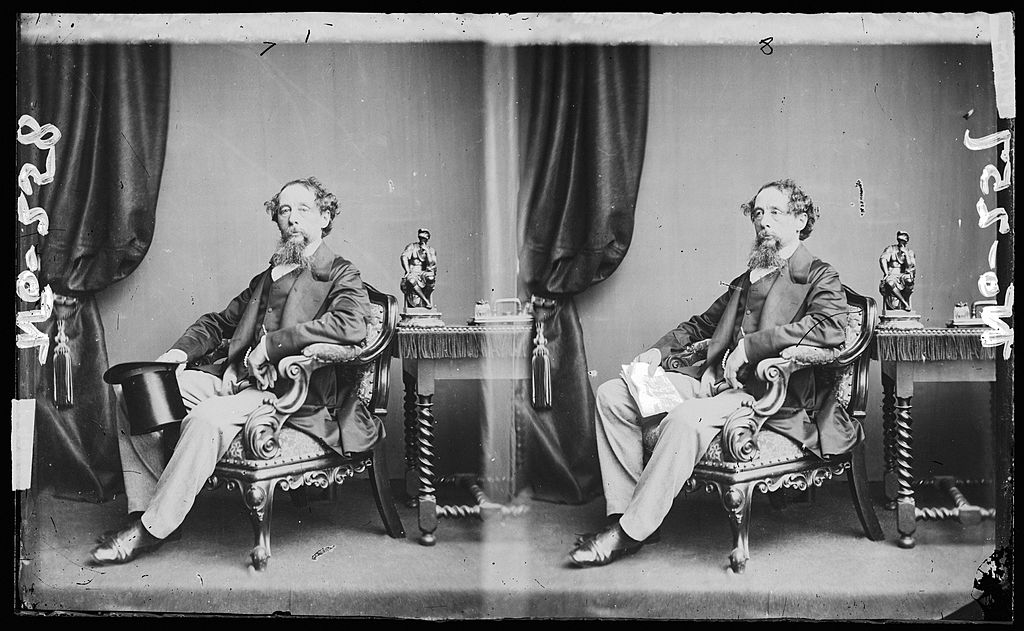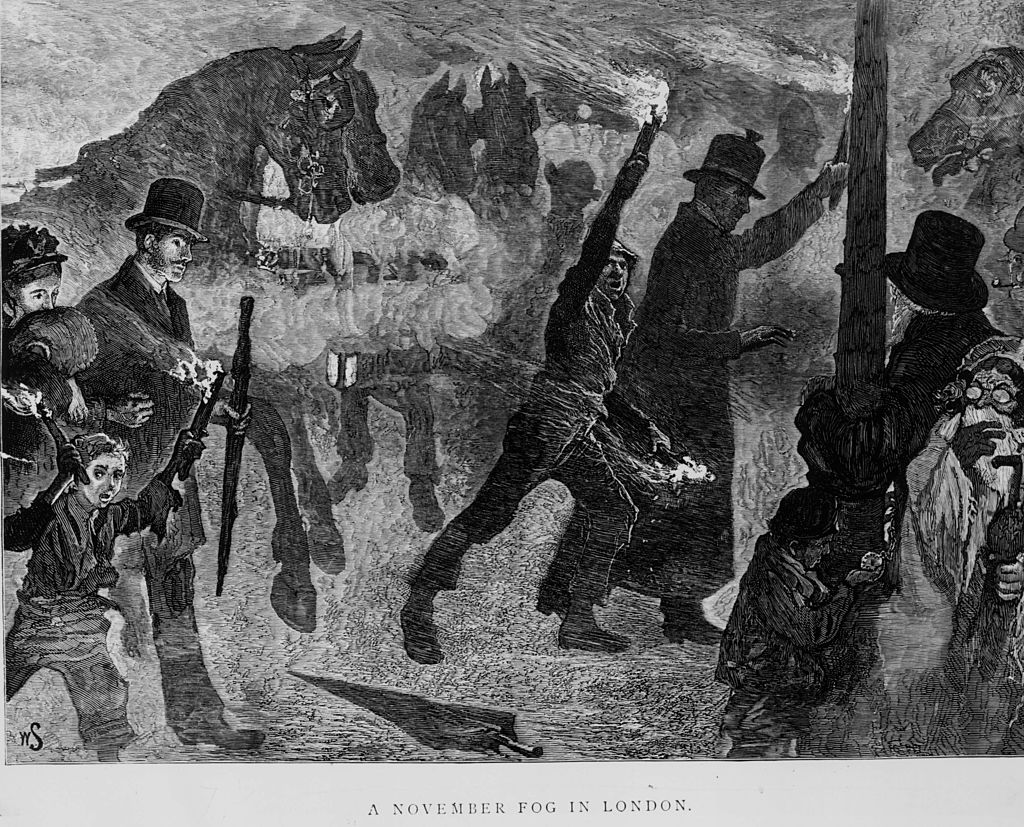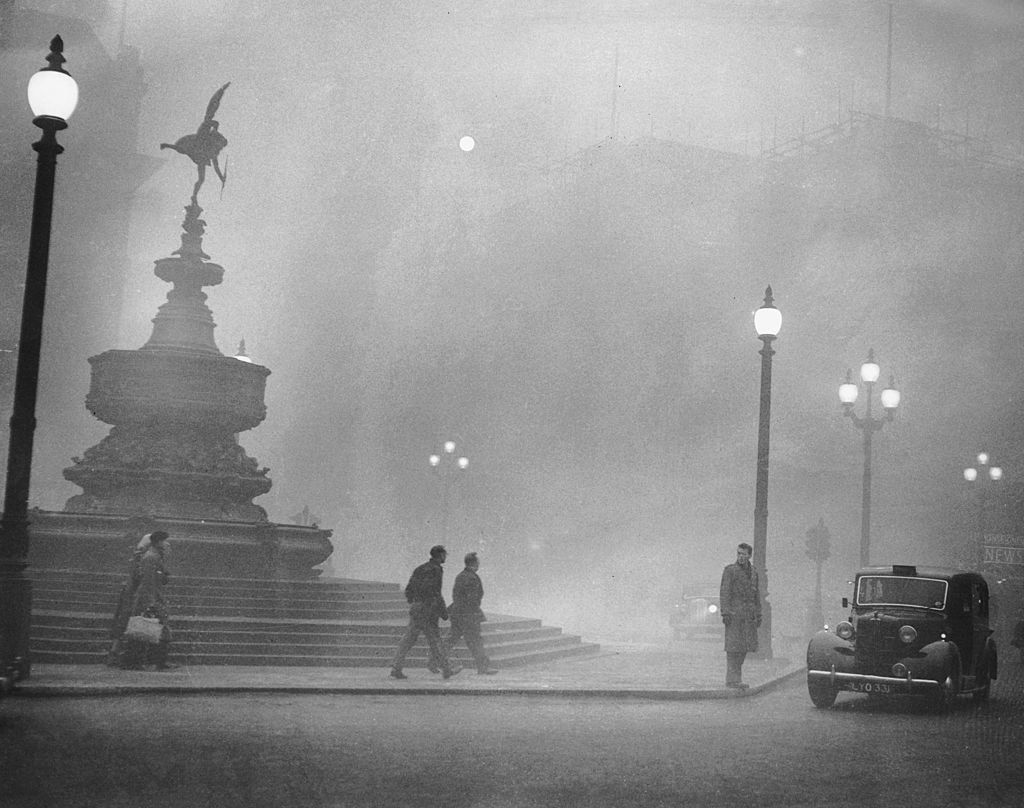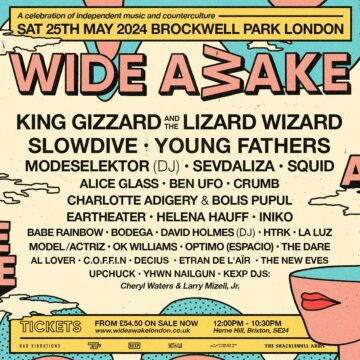
Titled A Great and Dirty City: Dickens and the London Fog, it opens on 29 March and runs until 22 October. Admission to the exhibition will be included as part of visiting the museum.
“Fog everywhere” was how Dickens began his opening passage to the novel Bleak House. Giant clouds of all-encompassing fog were a common experience in Victorian London, with other specific names such as ‘London Ivy’ or ‘pea soupers’ known to describe the “heavy, dense fogs of greens, yellows, rust colours or black – even all of these colours at once.” On top of a foul smell, the fog left greasy deposits throughout the city.

1876: Men carrying blazing torches through the fog in London. Original Artwork: Drawn by W Small (Photo by Hulton Archive/Getty Images)
As industries and individual homes burned coal throughout the densely populated city, the fog grew increasingly frequent across Dickens’ lifetime.
The new exhibition will “explore the circumstances that created this problem and how Dickens was inspired by the phenomenon”, noting how, as well as Bleak House, fog features in Dickens’s works such as Our Mutual Friend, A Christmas Carol and The Old Curiosity Shop. Fog, the museum argues, created “the essential elements of a dark and filthy ‘Dickensian’ London.”

A photo taken long after Dickens’ time of the Great Smog of London in December 1952.(Photo by Central Press/Hulton Archive/Getty Images)
A Great and Dirty City: Dickens and the London Fog will feature letters, illustrations, domestic objects and a first-edition text of Bleak House. The Guardian reports it “will illustrate the extent and impact of fog in 19th-century London, caused by burning coal in industrial and domestic settings. It will also draw parallels with contemporary issues of air pollution.”
Speaking to the newspaper, the Dickens museum’s senior curator, Frankie Kubicki, said: “Charles Dickens was surrounded by fog his whole life. It affected him – and his characters – from childhood to his final days and became an inspiration and a looming presence in his books.
“Fog and smoke were not always seen negatively, though; while pollution is often used by Dickens to represent a malevolent force or a shady character, London’s coal fires and twinkling gas street lamps can be heartwarming, nostalgic sights, which comforted Londoners.”




